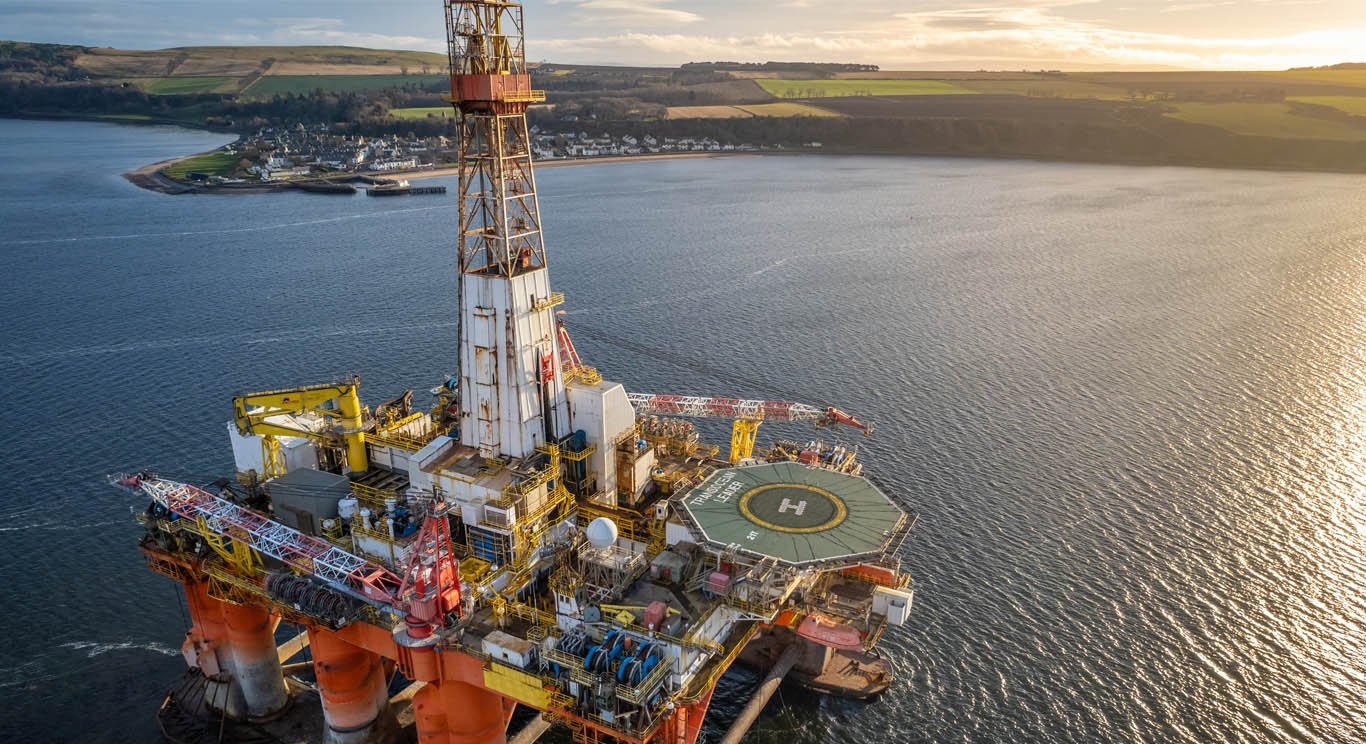
The latest claimed a breakthrough in carbon capture and storage involves shipping chemical plant emissions and storing them in disused oil and gas fields in the North Sea. But is it the “holy grail” of green technologies or a risky and expensive backwater? Reg Rea reports for Betterworld Solutions.
Ineos, the petrochemicals group controlled by the British billionaire Sir Jim Ratcliffe, is claiming a world first in a project to prove that carbon capture and storage (CCS) can work on an industrial scale.
The attraction of CCS is that it enables heavily polluting industries such as chemicals, steel or concrete to operate with existing carbon-producing energy sources rather than making an expensive transition to renewables.
If carbon can be captured rather than be allowed to pour out into the atmosphere, we need to have somewhere secure to put it. On paper, the North Sea, with a large number of exhausted oil and gas fields seems perfect.
The Ineos Oxide plant produces ethylene glycol for use in polyesters and antifreeze and is one of the largest of its type in Europe.
Project Greensand, which Ineos leads, has claimed success in capturing carbon dioxide from the Ineos Oxide plant in Belgium, and transporting and storing it in the disused Nini oilfield off Denmark.
The project, a collaboration of 23 parties, hopes to show that it can safely capture and permanently store up to eight million tonnes of carbon dioxide each year from 2030. This is the equivalent of 40 per cent of Denmark’s total target for carbon emissions reduction.
Sir Jim Ratcliffe says: “This important milestone firmly demonstrates that CCS is a technology that can deliver on a global scale.”
The project has support from the EU, with European Commission President, Ursula von der Leyen, hailing it as “a big moment for Europe’s green transition.”
However, detractors insist that CCS is energy intensive and expensive, with concerns over potential future gas leaks. Some also feel that CCS is a distraction from the need to develop low-carbon energy alternatives to fossil fuels.
Meanwhile, the UK government approved 20 CCS cluster projects last year, at offshore sites near Aberdeen, Teesside, Liverpool and Lincolnshire. The licences cover around 12,000 square kilometres of the North Sea, an area larger than Yorkshire.
The offers came in the wake of the Chancellor’s Budget announcement that the Government is allocating up to £20 billion in support of developing carbon capture, usage and storage.
Unsurprisingly, fossil fuel power plants and refineries are among the strongest advocates for CCS.
The “Quest” CCS plant in Alberta, Canada, owned by Shell, operates at the company’s Scotford complex, which produces hydrogen for use in refining bitumen (a type of petroleum deposit). It was held up as a “thriving example” of how CCS is working to significantly reduce carbon emissions.
However, the watchdog group Global Witness, claims that while 5 million tons of carbon dioxide has been prevented from escaping into the atmosphere at the plant since 2015, it released a further 7.5 million tons of greenhouse gases over the same period. This claim is disputed by Shell.
Engineering experts point out that adding CCS to a plant requires extra power to drive it with a rule of thumb of around 10 per cent parasitic energy. If the additional power is not low carbon, there is a danger of creating more CO2 than is saved.
The fact that the CO2 injected into the Nini field is stored at a depth of about 1,800 metres below the seabed is impressive and could on its own justify the ‘breakthrough’ claim.
It remains to be seen how Project Greenland solves the problem of parasitic energy, but significant engineering expertise and billions of investment is going in CCS all around the world, making this a technology to watch.
Read more:
https://www.ineos.com/sites/belgium/news-index/greensand-breaktrough-in-carbon-capture-and-storage/



